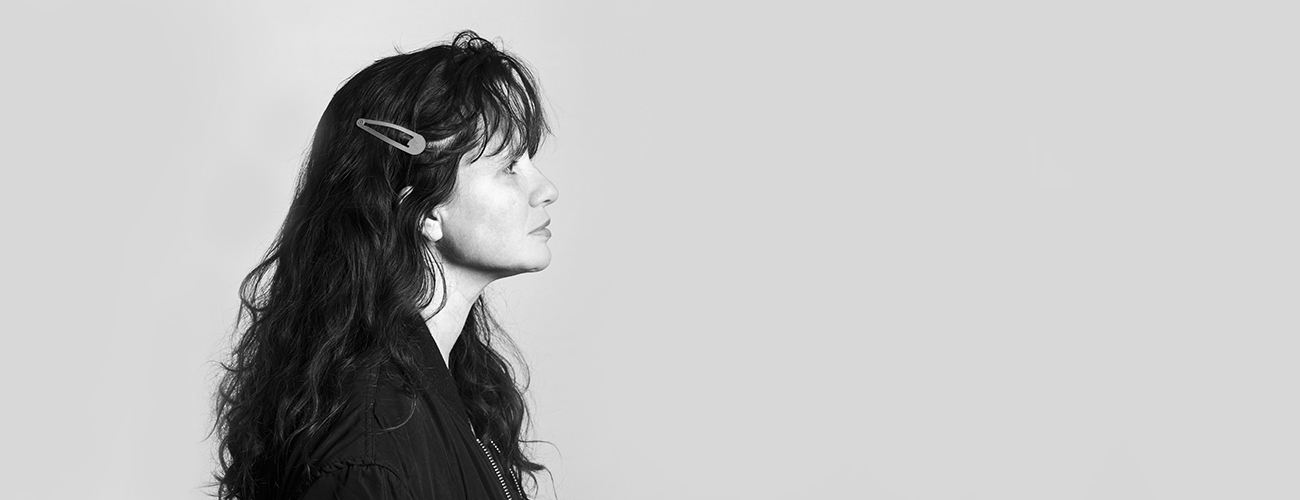
— 01.09.2019
ELEVACIÓN
Artist:
Ana María Millán was born in 1975 in Cali, Colombia, and currently lives and works in Berlin, Germany.
In 1998, she co-founded Helena Producciones, a non-profit and interdisciplinary collective best known for organizing the International Performance Festival in Cali, Colombia. She has recently exhibited at renowned international spaces such as Witte de With (2018); Palais de Tokyo, Paris (2018); SAVVY Contemporary, Berlin (2015); Museo de Pereira, Colombia (2015); and El Matadero, Madrid (2015). Her work is part of the collection of the Museum of Modern Art in New York.
Curator:
Eugenio Viola
Co-participants:
Clara Unigarro
Cristian Arias
Nicolh Avila
Paola Sanz
Sebastian Mira
Wilmer Rodriguez
Laura Wiesner
Sandra Martinez
Support:
Elevación is an animation that results of the role-play games that took place during the workshop Humano no Humano held at MAMBO during three weeks in February 2019. With eleven co-participants, Millán developed several sessions in which discussions were held regarding role-play games and their different manifestations over time. During the workshop, they visited the video game studio Mad Bricks and the antique store belonging to the artist Sylvie Boutiq, allowing to approach commercial and artistic spaces in which the alter ego is the protagonist. The sessions included discussions around propaganda and its capacity for manipulation, feminism and its presence in video art, the aesthetics of music movements, and the possibilities offered by the digital worlds in which we currently move.
Many of the co-participants already possessed an avatar at the beginning of the game. The workshop allowed several of the co-participants to develop a deeper connection and physical identification with their avatars, as well as encouraging interactions and connections between other characters that were at the table. In virtual worlds, the body is relegated to a secondary place, and this is one of the essential points in the workshop. The characters came to life through dance sessions in which each of the co-participants recorded the movements of their characters to generate reflections on the body—this was the first time that workshop attendees recorded movements that would later give life to the final animation. In this animation, made in a computer video game program, how each character moves is determined by the strengths and the weakness of each one of them
The conclusions of Humano no Humano became critical insights for the subsequent production phase developed in Berlin. It’s the first time that the artist has undertaken role-play in the same place in which the final animation is exhibited.

